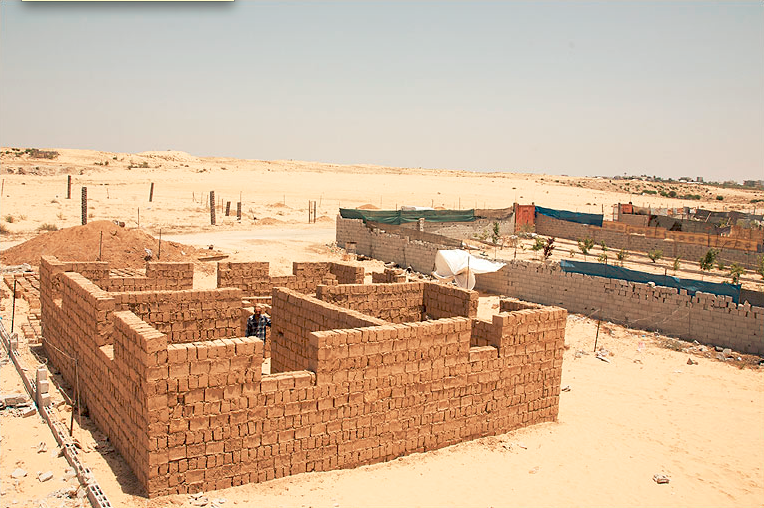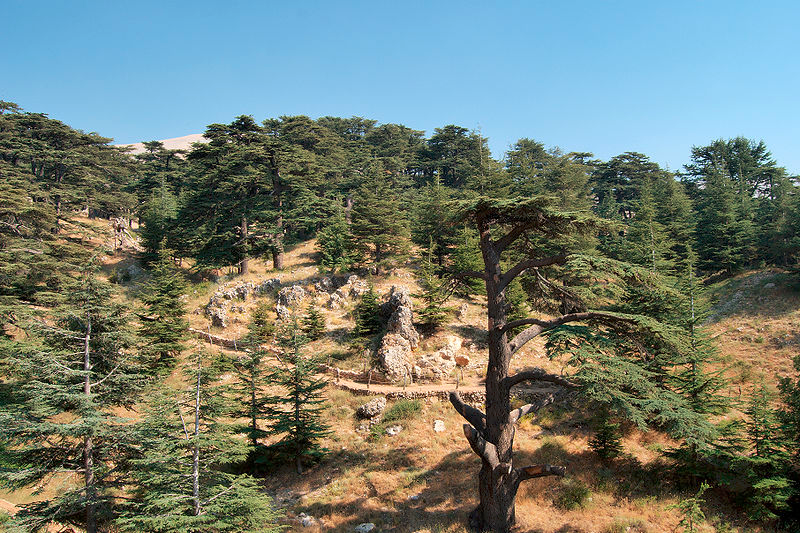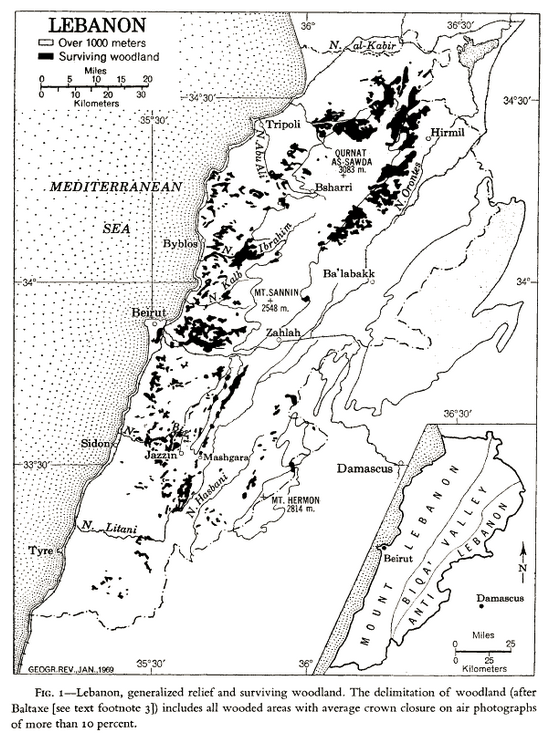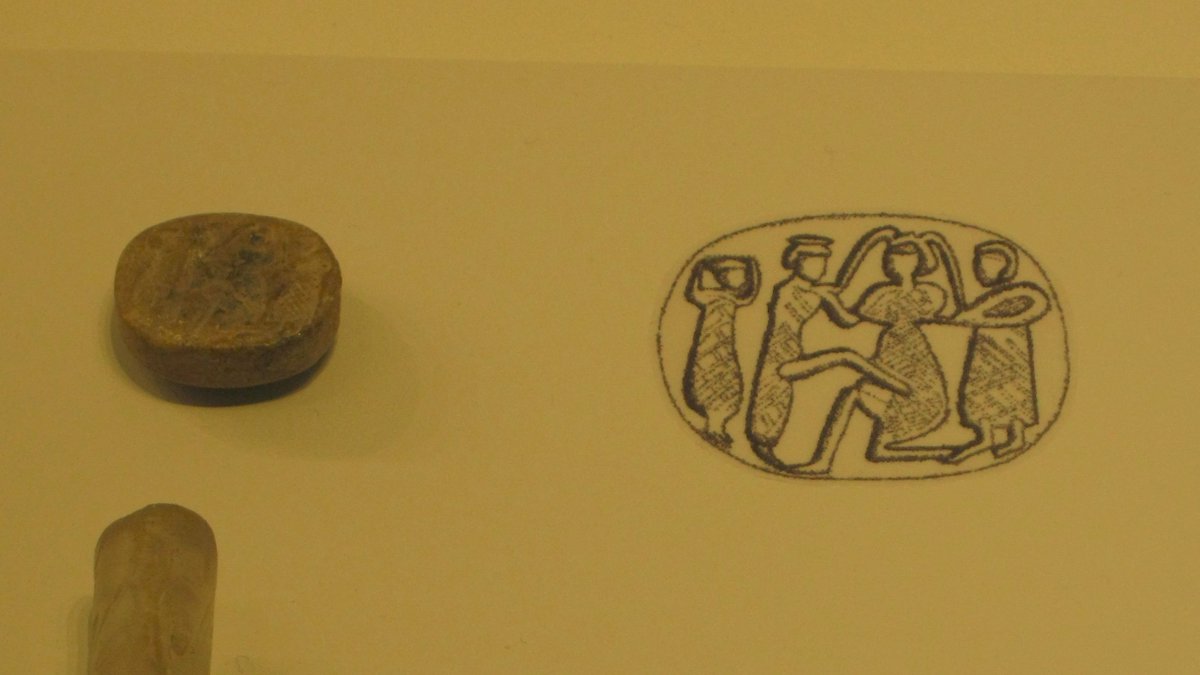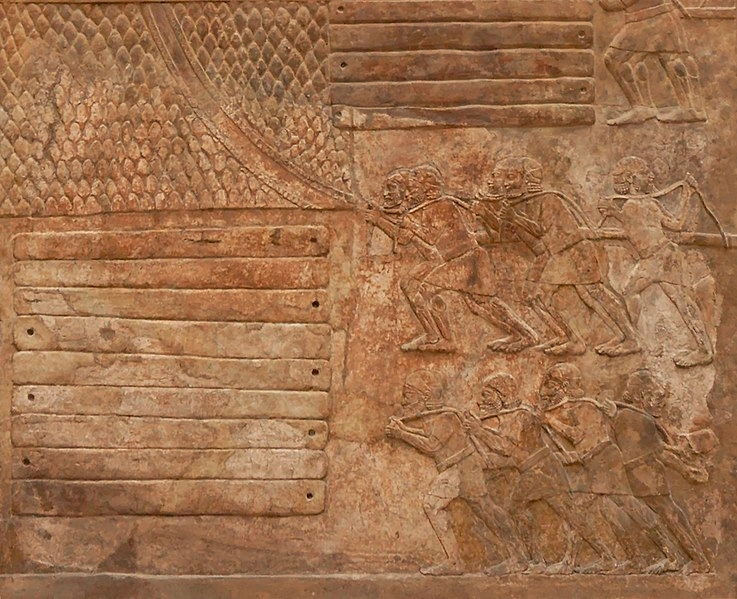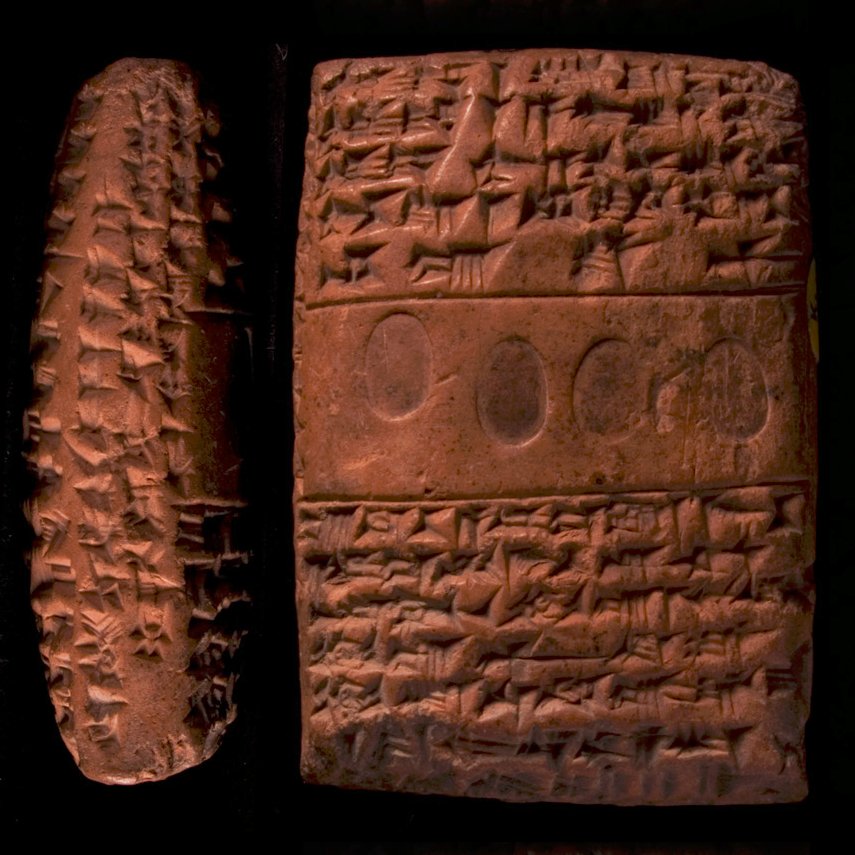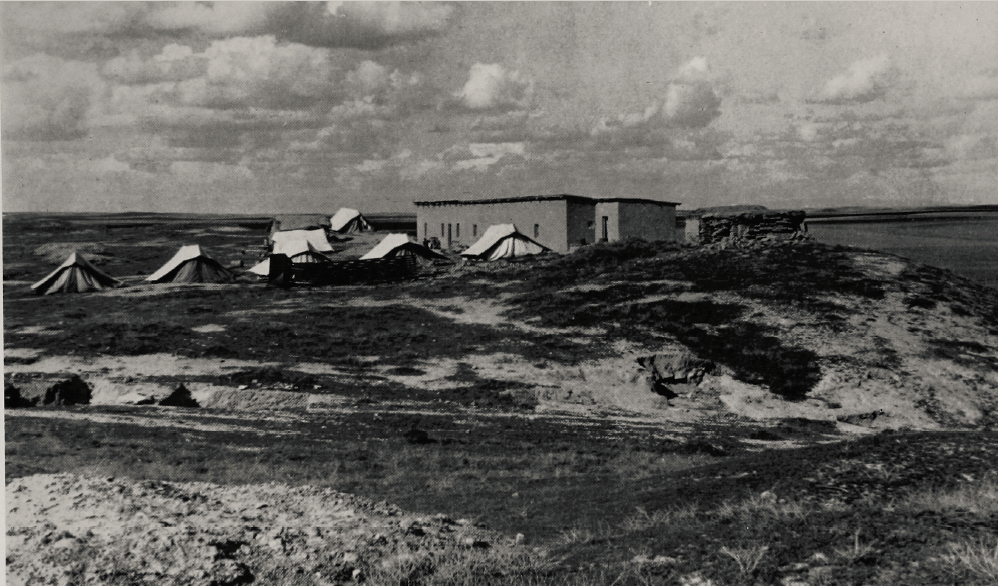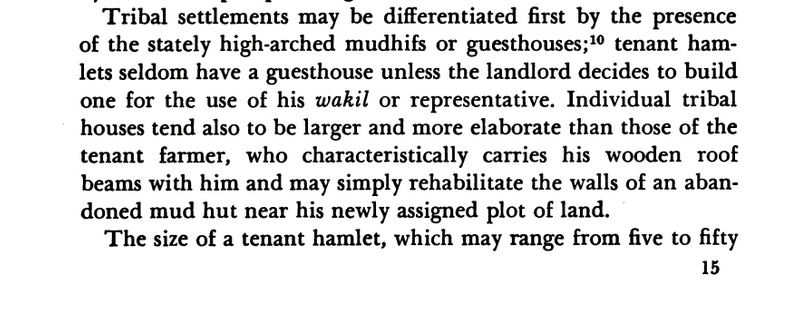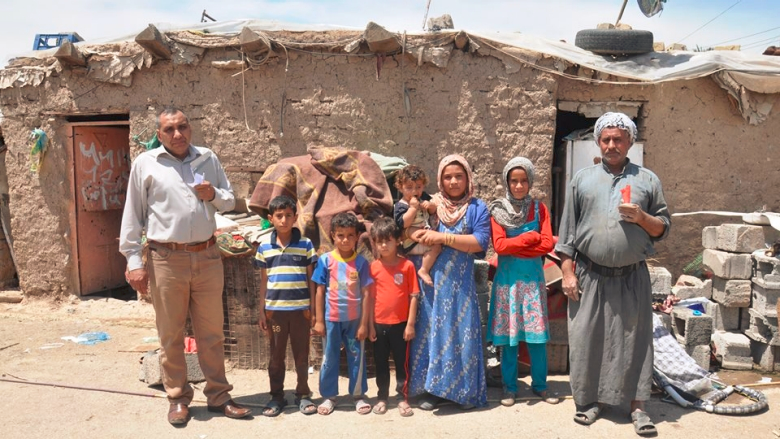Today I am going to tell you about a legal term from real estate transactions in the Middle East dating back 2,800 or more years.
The term is bētu epšu adi gušūrīšu. “A built house along with its beams.”
Legal conventions have a way of sticking around over time.
The term is bētu epšu adi gušūrīšu. “A built house along with its beams.”
Legal conventions have a way of sticking around over time.
In Mesopotamia, there are few large trees. Buildings were built out of mud brick, from the tiniest hut to the largest temple or palace.
But building with mudbrick presents a problem: How do you add a roof?
(Source: http://news.bbc.co.uk/2/hi/middle_east/8068864.stm)">https://news.bbc.co.uk/2/hi/midd...
But building with mudbrick presents a problem: How do you add a roof?
(Source: http://news.bbc.co.uk/2/hi/middle_east/8068864.stm)">https://news.bbc.co.uk/2/hi/midd...
For this you need wooden beams long enough to span from wall to wall. You also need beams for the cross pieces of doorways and windows.
Since trees large enough to provide beams of sufficient length are rare, roof beams became very valuable.
Since trees large enough to provide beams of sufficient length are rare, roof beams became very valuable.
Building large monumental buildings (a palace or a temple) required really long roof beams. Trees this big had to be imported from far-away lands such as Mount Lebanon, or the mountains of Anatolia.
Cedrus libani, the Cedar of Lebanon, can grow 130 feet high with a trunk 8 feet in diameter. And more importantly, its trunk grows straight.
These cedars were one of Lebanon’s most important exports in ancient times.
These cedars were one of Lebanon’s most important exports in ancient times.
It’s also on the modern Lebanese flag.
But demand for cedars led to deforestation in ancient times, and the cedars are considered a vulnerable species by the IUCN today.
(Source: https://www.jstor.org/stable/213080 ">https://www.jstor.org/stable/21... )
But demand for cedars led to deforestation in ancient times, and the cedars are considered a vulnerable species by the IUCN today.
(Source: https://www.jstor.org/stable/213080 ">https://www.jstor.org/stable/21... )
In the Epic of Gilgamesh, Gilgamesh and Enkidu travel to the Cedar Forest to fight the demon Humbaba, who guards the trees.
They kill Humbaba and then cut down cedar trees in order to build a temple for the god Enlil.
They kill Humbaba and then cut down cedar trees in order to build a temple for the god Enlil.
Many Assyrian kings claimed in their royal inscriptions to have traveled to Lebanon to cut cedar, implicitly imitating Gilgamesh.
But only powerful kings could afford to purchase Lebanese cedar and organize expeditions to ship it back to Mesopotamia.
But only powerful kings could afford to purchase Lebanese cedar and organize expeditions to ship it back to Mesopotamia.
For regular people, any beam large enough to hold up your roof was valuable. In fact, it was the most valuable part of your house.
So valuable that it was specified in contracts for the sale of real estate.
So valuable that it was specified in contracts for the sale of real estate.
“A built house with its beams, doors and a yard in Nineveh, adjoining the house of Mannu-ki-ahhe, the house of Ilu-issiya, and the street.” (SAA 6 142)
Sold on 16 Sivan (May/June) of 692 BC, to an Egyptian scribe named Ṣilli-Aššur.
Link: http://oracc.museum.upenn.edu/saao/P335268 ">https://oracc.museum.upenn.edu/saao/P335...
Sold on 16 Sivan (May/June) of 692 BC, to an Egyptian scribe named Ṣilli-Aššur.
Link: http://oracc.museum.upenn.edu/saao/P335268 ">https://oracc.museum.upenn.edu/saao/P335...
“A built house with its beams and doors in Nineveh, a tool shed, a bedroom, a bathroom, a wedding pavilion, a storehouse, an upper story (with) 4 doors therein.” (SAA 14 149)
Sold in Nineveh on 13 Ab (July/August) 641*
Link: http://oracc.museum.upenn.edu/saao/P335284 ">https://oracc.museum.upenn.edu/saao/P335...
Sold in Nineveh on 13 Ab (July/August) 641*
Link: http://oracc.museum.upenn.edu/saao/P335284 ">https://oracc.museum.upenn.edu/saao/P335...
What happens if you fail to specify “with its beams”?
Max Mallowan, the excavator of the Assyrian capital city of Nimrud, found out the hard way when he purchased a mud-brick house from the site guard after the guard moved to another job.
Max Mallowan, the excavator of the Assyrian capital city of Nimrud, found out the hard way when he purchased a mud-brick house from the site guard after the guard moved to another job.
Mallowan didn’t specify that he was buying the house with its beams and doors, and after he paid for the house the former owner pulled them off, loaded them into a wagon, and hauled them away.
As Mallowan later admitted, he was completely within his legal rights to do so!
As Mallowan later admitted, he was completely within his legal rights to do so!
After all, in 1950s Iraq the roof beams were still the most valuable part of a house. It was not uncommon for people to take their roof beams with them whenever they moved.
(from Robert Fernea, Shaykh and Effendi, Harvard UP, 1970, p. 15):
(from Robert Fernea, Shaykh and Effendi, Harvard UP, 1970, p. 15):
As with many things, this custom has faded with modernity, as houses and their roofs are now built out of concrete and cinderblocks. Roof beams are often made of metal.
But in some places the old architectural methods still survive, often used by refugees or the very poor:
But in some places the old architectural methods still survive, often used by refugees or the very poor:

 Read on Twitter
Read on Twitter